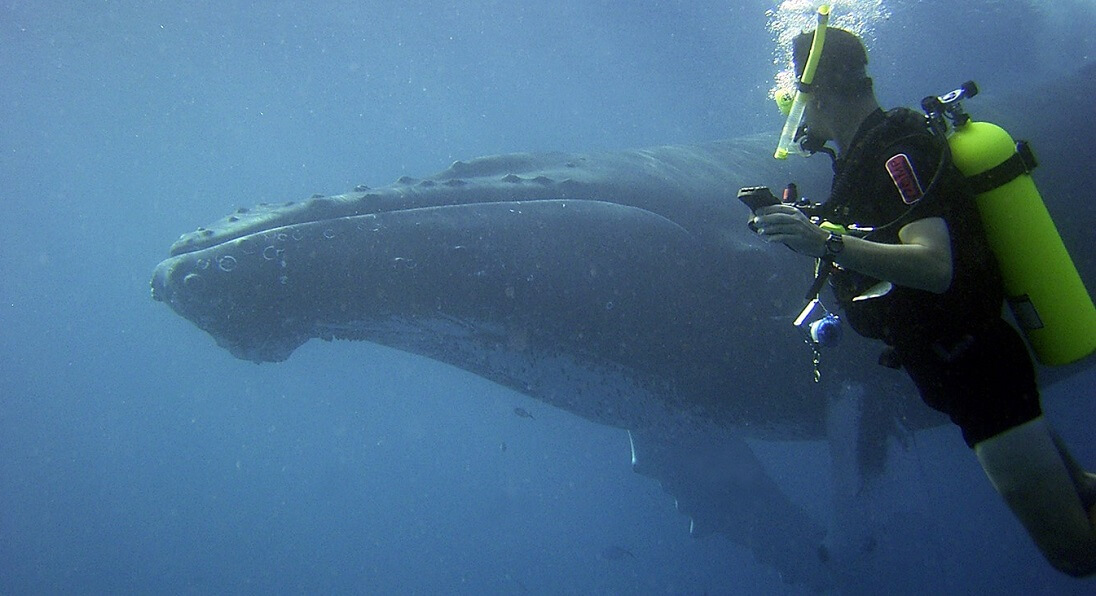

Some whales might migrate, but their movements are not fully understood. There’s a resident population of blue whales in the northern Indian Ocean, specifically in the Arabian Sea, the Bay of Bengal, and the Gulf of Aden. Interestingly, blue whale mothers and blue whale calves are often seen in what’s thought to be an important nursery and calving area in the Gulf of California from December through March. It’s thought these whales feed throughout the summer in the central North Pacific, the Gulf of Alaska, and off the US West Coast. Spotters have seen blue whales off eastern Canada and in the shelf waters of the eastern US.Įastern North Pacific blue whales spend the winter in the warm waters of Central America, Mexico, and the US West Coast. Whales in the North Atlantic range from subtropical waters to the Greenland Sea. To enable the whale to gulp down vast quantities of food, its grooved throat can expand like a concertina when the animal is feeding.īlue whales breathe through two blowholes, blasting up to 40 feet up into the air! Locomotion The animal’s jaw is lined with between 70 and 395 black baleen plates that the whale uses to extract krill and plankton from the water. Like all baleen whales, blue whales are filter feeders. The flippers are thin and elongated, and the dorsal fin is sickle-shaped and situated close to the whale’s tail. The whale has a gray or mottled blue back and a pale underbelly. What Does a Blue Whale Look Like?īlue whales ( Balaenoptera musculus ) are long, streamlined animals having enormous, broad heads with a unique U-shaped arch that can extend to a quarter of the animal’s entire body length. Here are some facts about the majestic blue whale. Keep reading to learn more blue whale facts and find out what you can do to help them.

These amazing animals are classified as endangered, but much is being done to save them, and you can help too! Today, thanks to human activity, there are around just 25,000 blue whales left in the wild, and that’s a tragedy. The global population is currently estimated at 10,000 individuals, including barely 250 adults in the Northwest Atlantic.Blue whales are magnificent creatures that have graced our oceans for over one million years.ĭid you know that the blue whale is the largest known animal to have ever lived on earth? A mere 200 years ago, there were thought to be over 350,000 of these awesome mammals in our oceans. Since 1955, the International Whaling Commission (IWC) has banned the hunting of this species in the North Atlantic. In the North Atlantic, close to 11,000 blue whales are believed to have been harvested between the end of the 19th century and 1960. Historically, hunting by Man has also had a significant impact on blue whale populations. When pursuing large baleen whales or sperm whales, killer whales often target weak or young individuals.

It can scare off or even injure a predator with a powerful flick of its tail. However, the blue whale has one formidable weapon: its tail, which can be as wide as a soccer net. About 25% of the blue whales photo-ID’d in the Gulf of California in Mexico show teeth marks on their tails left by killer whales. Like a pack of wolves, killer whales work in coordinated teams when pursuing their prey. However, only certain populations of this species include whales in their diets, which, just like their hunting techniques, vary from one population to another. Measuring some twenty metres long and weighing around 100 tonnes, what predator “dares” to attack the largest animal on the planet? The killer whale is one of the only predators of the blue whale.


 0 kommentar(er)
0 kommentar(er)
